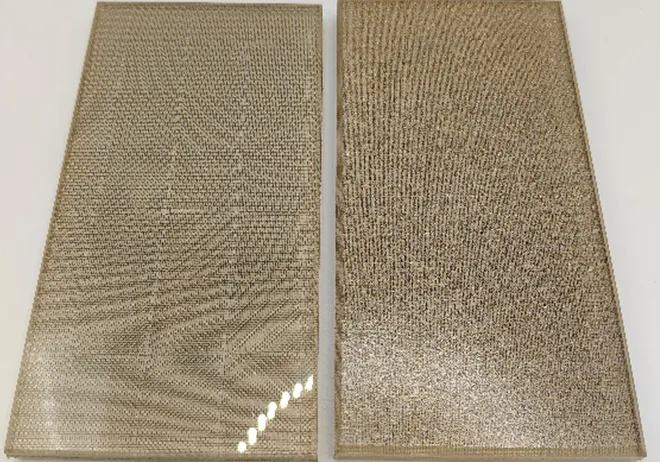Nov . 17, 2024 21:38 Back to list
insulated bullet resistant glass
The Evolution of Insulated Bullet-Resistant Glass A Blend of Safety and Technology
In an increasingly uncertain world, ensuring safety and security has become a paramount concern for individuals and organizations alike. One of the most significant advancements in this domain is the development of insulated bullet-resistant glass. This revolutionary material combines the benefits of traditional bullet-resistant glass with thermal insulation properties, creating a solution that not only protects against ballistic threats but also enhances energy efficiency.
Understanding Bullet-Resistant Glass
Bullet-resistant glass is designed to withstand various calibers of bullets, providing a crucial defense mechanism for banks, government buildings, and other high-security facilities. Constructed using multiple layers of glass and polycarbonate, this composite material can absorb and disperse the energy from a projectile, preventing penetration. However, traditional bullet-resistant glass typically has limitations regarding thermal insulation, which is becoming increasingly important in today's energy-conscious environments.
The Need for Insulated Solutions
With the growing emphasis on sustainable architecture and energy efficiency, the construction industry has seen a shift towards materials that offer dual functionality. Insulated bullet-resistant glass meets this demand by providing excellent thermal insulation properties while maintaining the protective capabilities required for high-risk settings. This innovation is particularly valuable in climates where temperature fluctuations can result in increased energy costs.
Composition and Technology
Insulated bullet-resistant glass is composed of multiple layers of glass and interlayer materials, often including polycarbonate and other advanced polymers. The outer layer provides the primary defense against incoming projectiles, while the inner layers contribute to thermal insulation. The space between the layers is typically filled with argon or another inert gas which enhances thermal performance by minimizing heat transfer.
The layering process involves strategic engineering to create a balance between optical clarity, thermal insulation, and bullet resistance. Advances in manufacturing technology allow for precise control over the thickness and material composition, enabling custom solutions tailored to specific security requirements.
Benefits of Insulated Bullet-Resistant Glass
1. Enhanced Security The foremost benefit is undoubtedly the protection it provides against armed threats. Insulated bullet-resistant glass can withstand various projectile impacts, reducing the likelihood of shattering and maintaining integrity during an attack.
insulated bullet resistant glass

2. Energy Efficiency The thermal insulation properties help regulate indoor temperatures, reducing the reliance on heating and cooling systems. This leads to lower energy bills and a smaller carbon footprint, contributing to more sustainable building practices.
3. Noise Reduction In addition to security and thermal benefits, this type of glass can significantly reduce outside noise levels, creating a more peaceful indoor environment, which is particularly beneficial in urban settings.
4. Aesthetic Appeal Modern insulated bullet-resistant glass is available in various finishes and styles, allowing it to seamlessly blend into architectural designs without compromising aesthetics. This is significant for businesses and organizations that wish to project an image of strength without appearing overly fortified.
5. Versatility This material can be utilized in a wide variety of applications, from commercial buildings and banks to residential properties and secure rooms. Its versatility makes it an attractive option for many architects and builders looking to enhance safety features.
Applications in the Real World
The demand for insulated bullet-resistant glass is on the rise, particularly in sectors needing a combination of safety and energy efficiency. Government buildings, military facilities, financial institutions, and luxury residences increasingly incorporate this material. Its use is also expanding in schools and healthcare facilities, where safeguarding occupants is critical.
Additionally, as urban environments continue to evolve, the importance of security in public spaces has prompted the installation of insulated bullet-resistant glass in places like transit stations, museums, and high-street retail outlets.
The Future of Insulated Bullet-Resistant Glass
Looking ahead, the development of insulated bullet-resistant glass will likely continue to evolve alongside advancements in materials science and technology. As society seeks greater security measures, the integration of smart technologies within these glass solutions—such as impact detection sensors and energy management systems—could enhance both safety and efficiency even further.
In conclusion, insulated bullet-resistant glass represents a significant stride in the intersection of security and energy efficiency. As demands for safety grow in tandem with the global focus on sustainability, this innovative material is poised to play a critical role in the architectural landscape of the future.
-
Safety and Style with Premium Laminated Glass Solutions
NewsJun.24,2025
-
Reinvents Security with Premium Wired Glass
NewsJun.24,2025
-
Premium Float Glass Line for Modern Architecture
NewsJun.24,2025
-
Low Emissivity Glass for Energy-Efficient Architecture
NewsJun.24,2025
-
High-Performance Insulated Glass Solutions for Modern Architecture
NewsJun.24,2025
-
Elevates Interior Style with Premium Silver Mirror
NewsJun.24,2025
Related PRODUCTS














